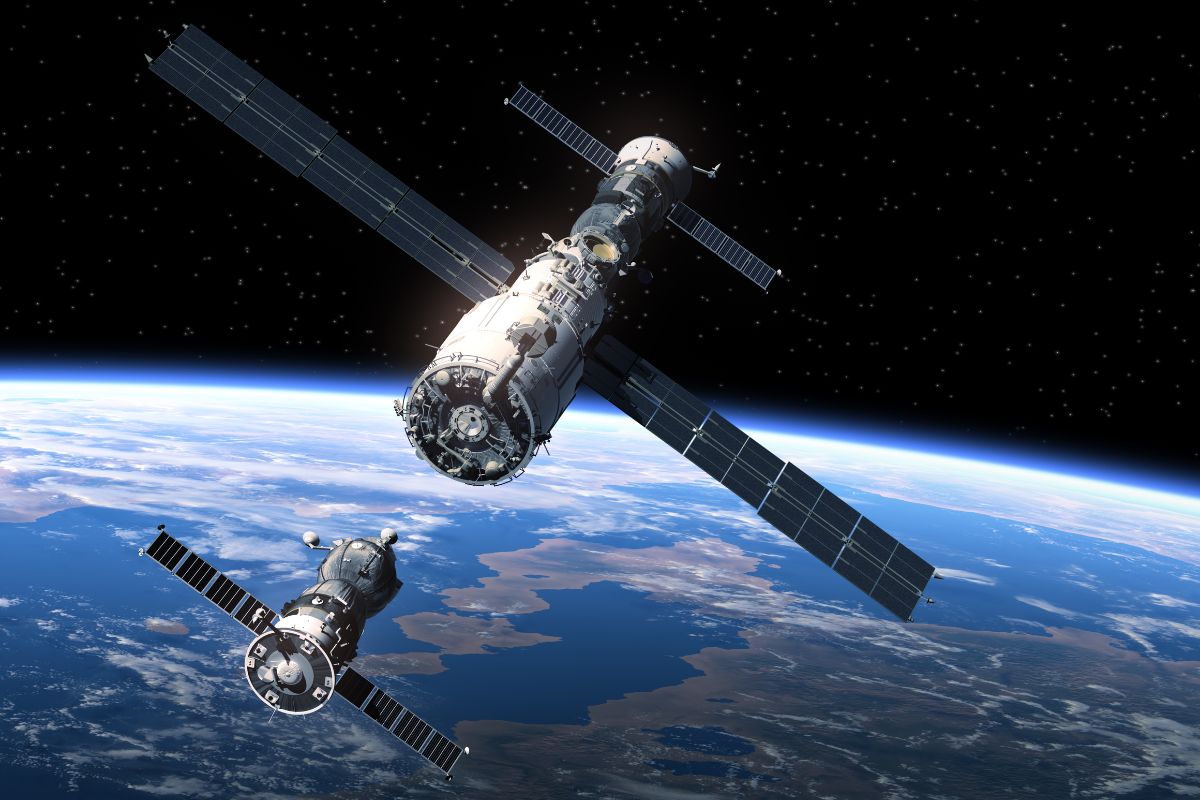Show table of content Hide table of content
The remarkable journey of the Soviet Cosmos-482 probe has finally come to an end after 53 years orbiting our planet. Launched during the peak of space exploration rivalry between superpowers, this fascinating relic of the Space Race has returned to Earth in a dramatic finale that captures how even failed missions continue their cosmic stories decades later.
Soviet space relic returns after half-century journey
On May 10, 2025, a significant chapter in space exploration history closed when the Cosmos-482 probe, launched by the Soviet Union in spring 1972, finally completed its unintended 53-year Earth orbit. This spacecraft, originally designed for a Venus mission, made its atmospheric reentry more than five decades after a critical failure prevented it from reaching its intended destination.
The spacecraft’s return journey ended approximately 560 kilometers west of Middle Andaman Island, with debris falling harmlessly into the Indian Ocean west of Jakarta. Roscosmos, Russia’s space agency, confirmed that the descent was carefully monitored through their automated warning system for potentially hazardous situations in near-Earth space.
Unlike most orbiting objects that disintegrate completely upon reentry, Cosmos-482 presented unique challenges. Its specialized capsule was engineered to withstand Venus’s hostile atmosphere, which made complete burnup in Earth’s atmosphere unlikely. This durability mirrors the extraordinary adaptability seen in other extreme environments, such as the remarkable case of bat-eating crocodiles that evolved unique traits after 3,000 years in cave isolation.
The spherical landing capsule, measuring approximately one meter in diameter and weighing 500 kilograms, could have posed significant danger had it fallen in populated areas. Fortunately, space monitoring systems tracked its deteriorating orbit closely in recent weeks, allowing accurate predictions of its eventual impact zone.
Failed mission with an extended legacy
Cosmos-482’s initial purpose reflected the ambitious spirit of early space exploration. Launched from the Baikonur Cosmodrome in Kazakhstan, the mission aimed to conduct scientific measurements on Venus as part of the Soviet planetary exploration program. However, shortly after launch, a critical malfunction in the upper stage prevented the probe from achieving escape velocity.
This technological failure transformed what should have been a relatively short interplanetary mission into one of the longest-orbiting human-made objects around Earth. While components of the carrier rocket fell back to Earth during the 1980s, the Venus landing capsule continued its orbital path until this weekend, gradually losing altitude over the decades.
Science This strange red lake in Tanzania turns animals to ‘stone’.
The longevity of space objects presents fascinating contrasts to biological evolution timelines. Scientists studying adaptation in extreme environments have documented similar long-term phenomena, like rare underwater species recently filmed alive for the first time, though these biological adaptations typically require thousands of years rather than decades.
Space agencies worldwide have continued advancing their capabilities for monitoring potential hazards from orbital debris. Modern tracking systems have vastly improved since Cosmos-482’s launch, utilizing sophisticated technologies that may soon replace conventional devices according to experts like Bill Gates.
Historical context of the Venus exploration program
The Cosmos-482 mission represents an important chapter in humanity’s efforts to explore our neighboring planets. During the 1960s and 1970s, the Soviet Venus program achieved several significant firsts, including the first spacecraft to land on another planet’s surface and transmit data back to Earth. These pioneering efforts expanded our understanding of planetary science despite numerous technical challenges.
Scientific exploration continues to push boundaries today, though with different technological approaches. Modern communication between researchers sometimes employs innovative methods, similar to how some contemporary institutions use artificial intelligence for communication in entirely different contexts.
The engineering behind Cosmos-482’s Venus-ready capsule demonstrated remarkable foresight. Designed to withstand temperatures exceeding 450°C and atmospheric pressure 90 times that of Earth, Soviet engineers created a spacecraft capable of surviving conditions that would destroy conventional satellites. This robust design ironically ensured its longevity in Earth orbit and its partial survival through atmospheric reentry.
Space exploration history contains numerous examples of mission failures that yielded unexpected scientific value. In the medical field, similar persistence through setbacks has led to breakthroughs like recent advances in uterus transplantation resulting in successful births.
Legacy and lessons from long-duration space objects
Cosmos-482’s extended orbital presence offers valuable data about space debris behavior and orbital decay predictions. Space agencies use such information to improve models predicting when and where objects might reenter Earth’s atmosphere. This knowledge becomes increasingly crucial as our orbital environment grows more crowded with satellites and debris.
The spacecraft’s return highlights ongoing discussions about space sustainability and responsible mission planning. Modern space programs incorporate end-of-life considerations for satellites and probes to minimize orbital debris and reentry risks. These practices represent significant progress from earlier space exploration eras when post-mission planning received less attention.
Science 50 years later, a quantum mystery has finally been solved.
Information transparency regarding space activities has also evolved substantially. While early Soviet missions operated under significant secrecy, today’s space operations face public scrutiny reminiscent of how tech industry insiders occasionally reveal previously hidden practices of major corporations.
As we venture further into space exploration, these historical missions remind us that our technological footprint often outlasts our initial intentions. The scientific legacy of early space programs continues influencing contemporary mission designs, with each generation building upon knowledge gained from both successes and failures of pioneering spacecraft like Cosmos-482.


